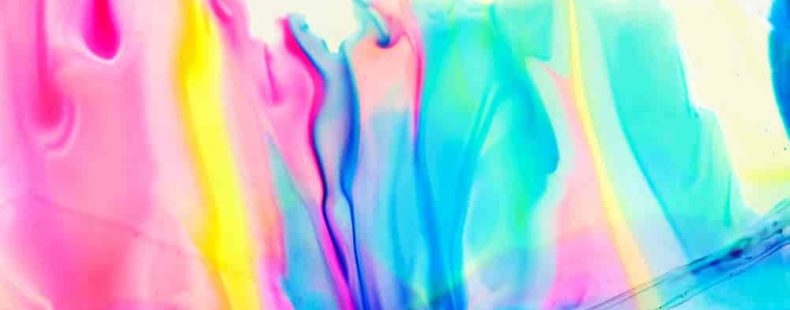Is it possible to see a taste? Or taste a word? The answer is yes, sort of.
What is synesthesia?
An involuntary neurological condition called synesthesia, which is also spelled synaesthesia, describes a version of this experience.Synesthesia is “a sensation produced in one modality when a stimulus is applied to another modality, as when the hearing of a certain sound induces the visualization of a certain color.”
A person who experiences synesthesia is called a synesthete. The words derives from two Greek roots that mean “together” and “sensation.”
What are some types of synesthesia?
A common form of this condition has to do with letters and numbers. It is called color-graphemic synesthesia. This is how it works: A synesthete consistently “sees” letters or numbers as a specific color; the word tomorrow could evoke a bluish-green color, for example. For some, this perception happens in their mind’s eye, while for others, it is projected externally.
There are over sixty types of synesthesia and it seems to run in families (though only occurs in about 2–4% percent of the population). Also, a number of external stimuli can cause the condition, such as blindness, a stroke, or—no surprise here—psychedelic drugs.
And, in one of the condition’s rarest forms, lexical-gustatory synesthesia, words can actually evoke tastes, seemingly making it possible to taste a word. The word hello, for instance, could taste like popcorn.














